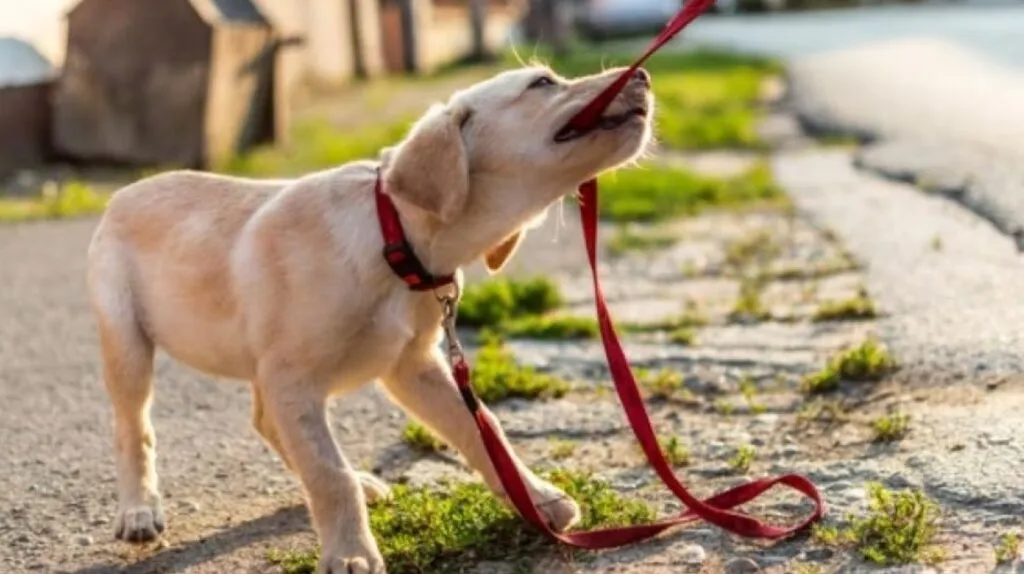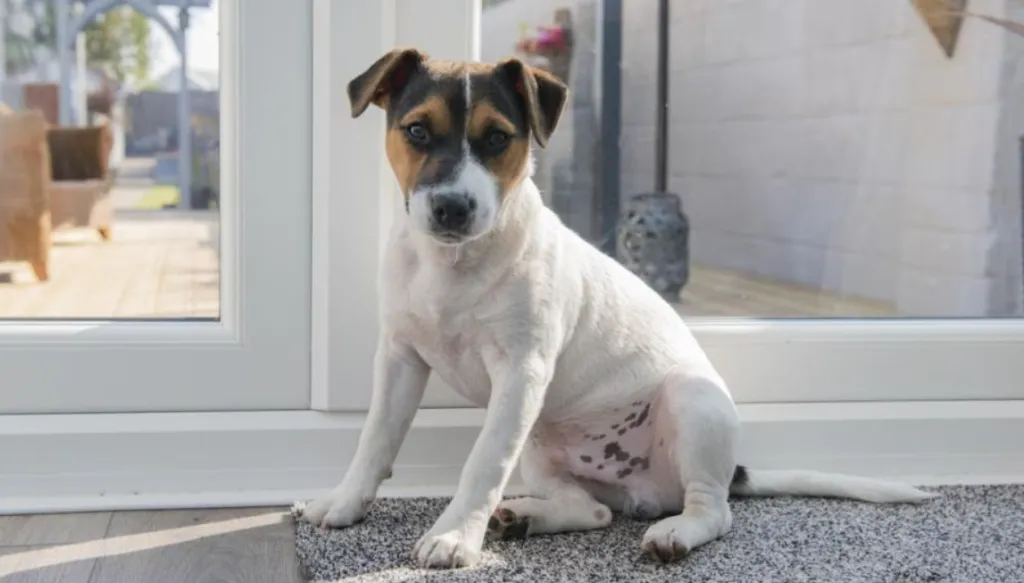Introduction:
Adding a new puppy to your family is the beginning of an exciting and fulfilling adventure. However, it also comes with the responsibility of providing proper training so that your furry friend grows into a well-behaved, happy companion. This guide will walk you through the important steps to start training your puppy and lay the foundation for a loving and lasting bond between you and your four-legged friend.

Understanding Puppy Behavior
Before getting into training techniques, it’s important to understand the basics of puppy behavior. Puppies are like sponges, absorbing information from their environment. Although they are eager to please you, they may also exhibit natural instincts such as biting, digging, and exploring. Recognizing and assessing these behaviors can help you customize your training approach.
Start Early and Be Consistent
The key to successful puppy training is to start early and stay consistent. Puppies are most receptive to learning between 8 and 16 weeks of age, but it’s never too late to develop good habits. Consistency is key. Use the same commands, rewards, and routines so you don’t confuse your puppy.
Positive Reinforcement
Using positive reinforcement is a very effective approach to training puppies. Encourage positive behavior by recognizing positive behavior and reinforcing the behavior you want to repeat through treats, praise, or play. This creates a positive association that will cause your puppy to repeat the behavior.
Basic Commands
Practicing basic commands will prove essential to fostering effective communication and ensuring your furry companion’s safety. Start with simple commands like “sit,” “stay,” and “come.” Use treats and positive reinforcement to encourage your puppy to follow these commands. Be patient and repeat the command until it becomes a habit.
Crate Training
Crate training is a valuable skill that provides your puppy with a safe space and helps with housebreaking. Introduce the crate gradually to create a comfortable and positive environment. Use treats and toys to build a positive relationship, and never use the crate as a punishment.
Socialization
Promote positive socialization by introducing your furry friend to a variety of people, environments, and companions. This helps prevent behavioral problems and anxiety in new situations. Schedule playdates, take short walks, and gradually expose your pup to different environments to build his confidence.
Patience and Understanding
Puppy training requires patience and understanding. Remember that your puppy is learning and may not get everything right away. Avoid punishment and instead redirect unwanted behavior. Consistent positive reinforcement will yield better results in the long run.
Conclusion:
Puppy training is an ongoing process that requires dedication, patience, and love. By understanding your puppy’s behavior, starting early, and using positive reinforcement, you can build a solid foundation for a well-behaved and happy companion. Remember that every puppy is unique. Therefore, adjust your training approach to his individual needs. With time and persistence, you can form a lifelong bond with your furry friend. Enjoy your training!

I am a dedicated writer, specializes in crafting captivating content centered around Dogs. With a keen eye for detail and a passion for dogs, I delivers engaging narratives that celebrate the bond between humans and their Doggos.



